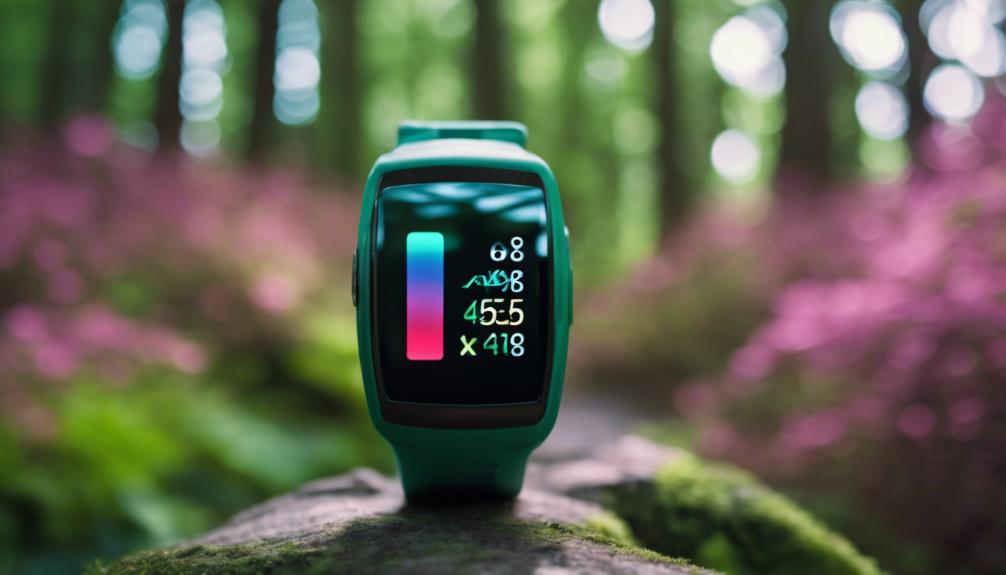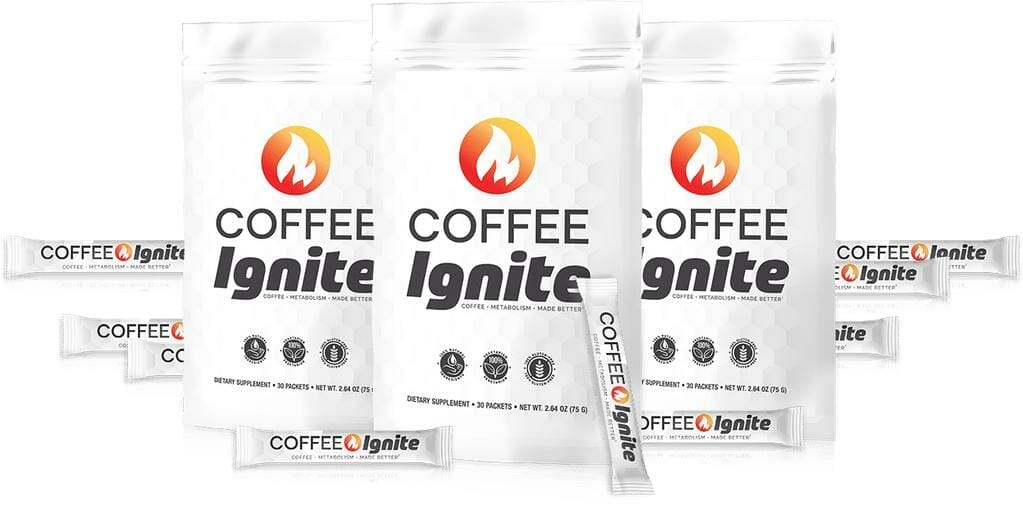You burn about 100 calories per mile when walking. Adjusting your speed, adding incline, or using resistance bands can increase calorie burn. Your pace, terrain, and intensity level affect how many calories you expend. Track your calories with devices or apps. Start a beginner-friendly walking routine with gradual progress. Aim for 4.0 mph to burn 120-140 calories per mile. Uphill or rough terrains boost calorie burn. Maximize by adding ankle weights and varying your routine. Walking helps with weight management and fitness. More insights can further enhance your walking experience.
Walking for Weight Loss
If you’re looking to shed some pounds, walking can be a highly effective and accessible form of exercise for weight loss. Walking burns around 100 calories per mile at a mild pace for a 150-lb person.
Increasing pace, duration, or adding incline boosts caloric expenditure. Incorporating resistance bands during walks adds intensity for a more effective workout.
Monitoring caloric expenditure and maintaining a balanced diet are essential for successful weight loss through walking.
Calories Burned Walking Factors
When it pertains to burning calories while walking, factors like your speed and the terrain you choose play a vital role. Your pace can impact how many calories you burn, with faster walking leading to increased energy expenditure. Additionally, walking on different terrains, such as uphill paths, can further boost your calorie burn.
Walking Speed Impact
Increasing your walking speed significantly impacts the number of calories you burn, with faster speeds resulting in a higher calorie burn per mile. In terms of calorie expenditure while walking, the intensity and pace play vital roles.
Consider these factors to optimize your calorie burn and support weight loss goals:
- Monitoring
- Adjusting
- Brisk pace
Terrain Influence on Calories
To maximize your calorie burn while walking, consider how different terrains, such as uphill paths or rough surfaces, can greatly impact the number of calories you expend. Walking on varied terrain challenges muscles differently, boosting calorie burn. For example, hiking on trails with inclines can increase calorie expenditure by 60-70%. Walking on sand or rough terrain engages more muscles, burning calories at a higher rate.
| Terrain | Calorie Burn Impact |
|---|---|
| Uphill Paths | Up to 50% more |
| Rough Surfaces | 1.6-2 times higher |
| Sand | 30% more |
Tracking Walking Calorie Expenditure

In regards to tracking walking calorie expenditure, the ASPECTS to consider include:
- The varieties of calorie tracking devices available
- The accuracy of the estimates provided
These devices offer a convenient way to MONITOR your progress and MAKE SURE you STAY ON TRACK with your fitness goals.
Calorie Tracking Devices
Calorie tracking devices, like fitness trackers and smartphone apps, accurately monitor the calories you burn while walking by utilizing algorithms based on various factors like steps taken, distance covered, heart rate, and user inputs.
These devices offer personalized settings for weight, height, and activity level, providing real-time feedback, activity summaries, and progress tracking to help you achieve your fitness goals effectively.
Accuracy of Estimates
Accuracy in estimating calories burned while walking can vary depending on the tracking device or app you use. Factors like speed, distance, weight, and sometimes heart rate influence these estimates.
Vital tracking methods are essential for monitoring and comparing calorie burn during walking workouts. Some tools use algorithms and input data to help calculate calories burned per step.
Your fitness level and heart rate can also impact how many calories you burn while walking.
Beginner-Friendly Walking Workout
To commence a beginner-friendly walking workout, prioritize gradual progression in both speed and duration to enhance your fitness journey.
- Start by walking one mile at a moderate pace to burn calories.
- Incorporate brisk walking intervals to challenge yourself and boost weight loss efforts.
- Focus on maintaining proper form and consistency to build endurance and maximize calories burned.
Glors 4-Week Walking Plan

Glor’s 4-Week Walking Plan offers a structured approach to gradual progression and effective weight loss through walking.
The plan focuses on consistency, varied intensity, and personalized routines to enhance calorie burn and fitness levels.
By following this plan, you can improve stamina, muscle tone, and overall health.
It’s designed to cater to individual fitness levels and goals, providing a pathway to better health through walking.
Optimizing Calorie Burn With Walking
By adjusting your walking speed and incorporating inclines, you can optimize calorie burn during your walking sessions.
- Increase your pace to 4.0 mph to burn 120-140 calories per mile.
- Choose uphill walking to boost calorie expenditure by up to 50%.
- Try adding ankle weights for a 5-15% increase in calorie burn.
Frequently Asked Questions
What Is a Realistic Calorie Burn Walking?
To achieve a realistic calorie burn while walking, consider factors like weight, speed, and terrain. Increasing your pace or choosing hilly routes can boost calorie expenditure. Track progress with fitness apps to meet weight loss goals effectively.
How Do I Calculate Calories Burned Walking?
To calculate calories burned walking, multiply your weight by the calories burned per mile based on your pace. Use the formula: Calories burned = weight (lbs) x calories burned per mile. Adjust for speed and duration.
How Many Calories Does a 30 Minute Walk Burn?
During a 30-minute walk, you can burn around 100-200 calories based on weight, pace, and intensity. Remember, factors like speed and terrain impact calorie burn, so choose brisk walks or inclines for a more effective workout.
How Many Calories Does a 200 Lb Man Burn Walking a Mile?
Upon strolling a mile, a 200 lb man can burn around 85-120 calories, contingent on your pace and terrain. Accelerating to 4.5 mph heightens it to about 96 calories, whereas trekking uphill can elevate it to 120 calories.
Conclusion
To sum up, the number of calories you burn while walking depends on various factors such as speed, duration, and intensity. By tracking your calorie expenditure and incorporating walking into your fitness routine, you can effectively support weight loss goals.
Remember, consistency is key, so lace up those shoes and hit the pavement to start burning those calories and achieving your health and fitness goals.
Keep walking and stay active for a healthier you!








Leave a Reply
You must be logged in to post a comment.